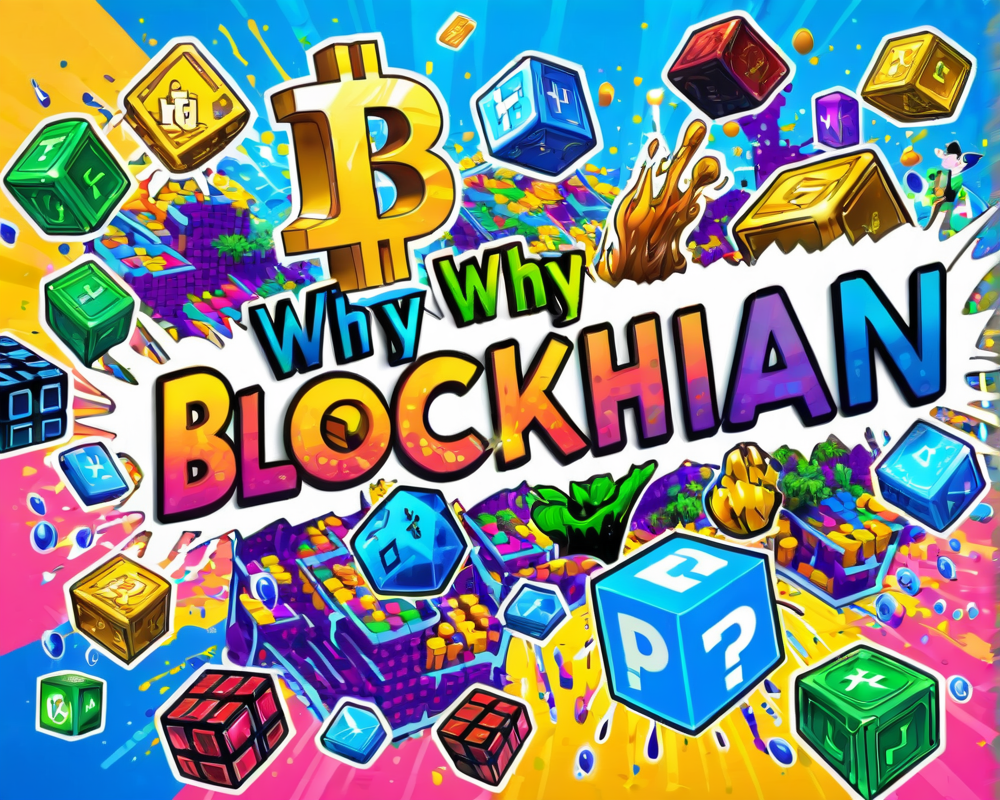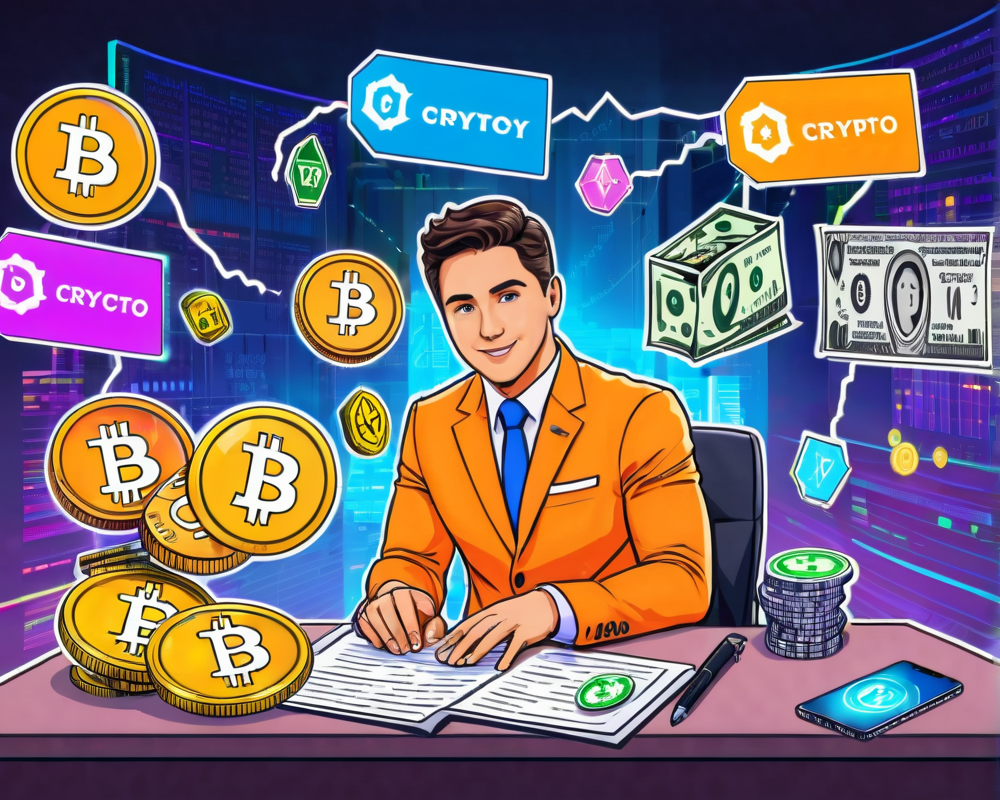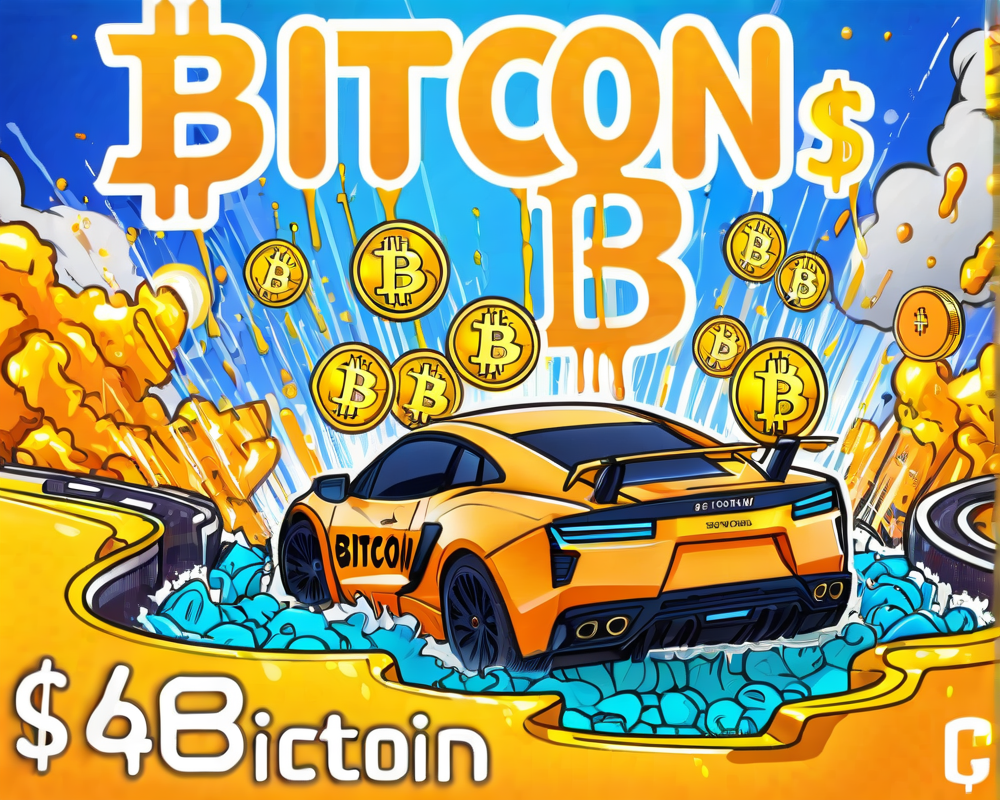The Rise of Play-to-Earn Games
2021 marked a significant leap for blockchain-based play-to-earn (P2E) games, transforming from niche interests into a shiny new aspect of the decentralized universe. Not just a way to pass time, these games became lifelines for some, particularly in developing regions, allowing gamers to farm in-game currency and items to sell. This economic shift caught the eye of the mainstream gaming industry, making it clear that this new wave wasn’t just a passing fad.
Industry Reaction: Excitement vs. Resistance
As these P2E rocketships took flight, traditional gaming bigwigs, like Ubisoft and Square Enix, began to take notice, eager to tap into fresh revenue streams. However, the gamer community was less than thrilled, raising eyebrows and demanding explanations. A recent poll revealed that around 70% of game developers feel lukewarm about blockchain technology. What’s causing this skepticism?
Concerns in Development
Here are some major sticking points:
- Environmental impact: The carbon footprint of blockchain tech has been a hot topic, with Ethereum at the center of criticism.
- Scams: With bad actors abounding, doubts hover over the legitimacy of crypto projects.
- Monetization issues: Will these games genuinely allow profits or are they just a flashy gimmick?
Clearing Misconceptions: Environmentally Friendly Options
Let’s tackle the elephant in the room: the environmental impacts of blockchain. Although Ethereum’s proof-of-work mechanism isn’t winning any eco-awards, not all blockchains are created equal. Many new blockchains are designed to have lower energy consumption. Developers can choose greener options and embed sustainability practices into their designs, such as committing to buy carbon credits. Who says gaming and sustainability can’t go hand in hand?
Combatting Scams in Blockchain Gaming
Yes, scams exist in the crypto realm, stealing around $14 billion last year alone, but mainstream games aren’t immune either. In 2021, scams proliferated in traditional gaming as well, driven by increased investments during the pandemic. Developers need to tackle these risks by educating gamers on spotting fraud and promoting safe practices. The crypto space can offer safeguards, such as transparent code inspection, that can help lead to a safer gaming environment.
Monetization in the Wild World of P2E
Monetization concerns revolve largely around the volatility of blockchain assets. In theory, P2E games should create economic opportunities, but they often come with risks that could scare off both players and developers. Developers can mitigate risks by utilizing stablecoins or creatively managing token dynamics through burning and minting. They might even include second-market fees on NFT sales, allowing continuous revenue generation. After all, why not also make a buck while sleuthing for dragons?
Conclusion: Embracing Change in Gaming
At the end of the day, blockchain technology isn’t inherently good or bad; its impact hinges on how developers choose to utilize it. The P2E ecosystem presents an exciting opportunity for both players and creators, but that doesn’t mean the journey will be a cakewalk. Through strategic design choices, the gaming community can explore the advantages blockchain offers while ensuring sustainability, security, and profitability for all involved.
Remember, this article isn’t investment advice, but a playful nudge to keep an open mind as the evolution of gaming unfolds.




